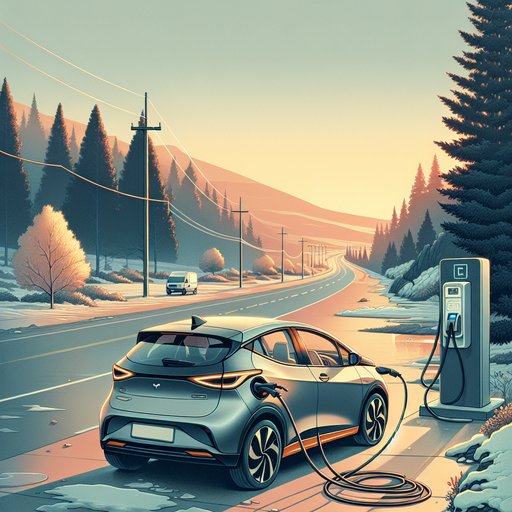
After 6 months and 6,800 miles in a 2024 Prius Prime XSE, I’ve lived with it through winter commutes, weekend road trips, and daily charging. Here’s how Toyota’s plug-in hybrid performs when the novelty wears off and the routine settles in.
My car is a 2024 Prius Prime XSE on 19-inch wheels, rated at a combined 220 hp from a 2.0-liter Atkinson-cycle four mated to a front traction motor. A 13.6 kWh battery sits under the rear seat, and the XSE’s official EV range is 39 miles (longer on the SE’s 17-inch wheels). There’s no AWD option and no DC fast charging; onboard AC charging tops out around 3.5 kW. Testing spanned a Northeast winter into spring, with temperatures from 25°F to 85°F and a mixed drive cycle: a 32-mile round-trip suburban commute, two 300-mile highway weekends, and frequent errands.
I charge at home on a 240V Level 2 (40A circuit; the car draws ~16A/3.5 kW) and occasionally top up on public Level 2 while shopping. In EV mode the Prime steps out briskly, with immediate torque up to city speeds. My best 0–60 mph using a GPS timer is 6.7 seconds at ~90% state of charge; with a depleted battery in hybrid mode, it’s closer to the mid-7s. The engine’s handoff is smooth if you’re light on the throttle, less so when merging hard where a coarse growl intrudes.
Passing from 50–70 mph takes about five seconds in hybrid mode—adequate, not thrilling. Brake feel is improved versus older Toyotas, though the blend between regen and friction can still feel a touch wooden at parking-lot speeds. Efficiency has been the highlight. In winter I averaged 32–35 EV miles per charge; spring brings 40–44.
From the wall, a full charge typically consumes 10.5–11.2 kWh, yielding roughly 3.6–4.0 mi/kWh (from wall). Once the pack is depleted, the XSE’s 19-inch tires return 47–50 mpg in mixed driving; sustained 75 mph highway runs land around 45–47 mpg. Blended across my usage—charging on weekdays, long hybrids-only weekends—I’m at 74 mpg equivalent over 6,800 miles, with fuel stops roughly every 900–1,100 miles. Practicality is good with a few quirks.
The fast roofline limits rear headroom for taller adults, but child seats fit without drama. Cargo space is flat and useful, and the battery’s placement doesn’t meaningfully compromise the load floor. Ride quality is taut on the XSE’s 19s; sharp potholes thump at low speeds, but highway composure is excellent. Cabin noise is modest around town; at 70 mph there’s some tire roar on coarse asphalt.
The 12.3-inch infotainment is responsive, wireless CarPlay/Android Auto has been stable, and Toyota Safety Sense 3.0 tracks lanes confidently, though lane centering can hunt on faded markings. B-mode adds stronger regen on descents, but there’s no true one-pedal drive. Ownership has been drama-free: a complimentary 5,000-mile tire rotation and a cabin filter I swapped myself. Toyota specifies 10,000-mile oil changes; the hybrid system keeps engine hours low.
The app’s scheduled charging works reliably, and preconditioning while plugged in helps range in cold mornings. The main limitation remains charging speed—3.5 kW is fine for home but slow for opportunistic top-ups—yet the efficient hybrid fallback makes road trips easy without planning. Overall, the Prius Prime hits a sweet spot for commuters with home charging: enough EV range to cover daily miles, excellent hybrid efficiency afterward, and real-world performance that feels modern rather than merely frugal. If you prioritize ride comfort and maximum range, the SE’s 17-inch wheels make sense; if you need snow traction, consider a regular AWD Prius hybrid.
For everyone else, this PHEV quietly delivers on its promise.












